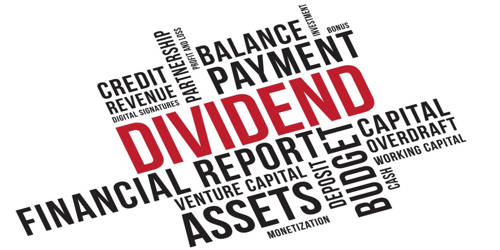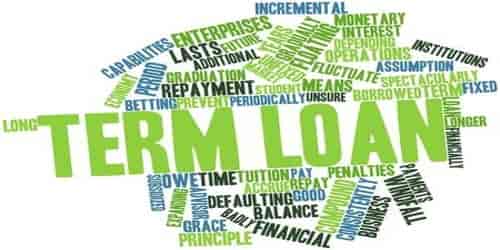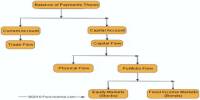A dividend is a share of profits and retained earnings that a company pays out to its shareholders. It denotes a share of profits of a joint-stock company, which is divided periodically among the shareholders according to their respective holdings. It is a sum of money paid regularly (typically annually) by a company to its shareholders out of its profits (or reserves). When a corporation earns a profit or surplus, it is able to pay a proportion of the profit as a dividend to shareholders. Dividends are payments made by publicly-listed companies as a reward to investors for putting their money into the venture. They can be issued in various forms, such as cash payment, stocks or any other form. It is usually a part of the profit that the company shares with its shareholders.
A dividend is the distribution of a portion of the company’s earnings, decided and managed by the company’s board of directors, and paid to a class of its shareholders. A company’s dividend is decided by its board of directors and it requires the shareholders’ approval. It is a distribution of profits by a corporation to its shareholders. It is allocated as a fixed amount per share with shareholders receiving a dividend in proportion to their shareholding.
A dividend’s value is determined on a per-share basis and is to be paid equally to all shareholders of the same class (common, preferred, etc.). The payment must be approved by the Board of Directors.
Steps of how it works:
- The company generates profits and retained earnings,
- The management team decides some excess profits should be paid out to shareholders,
- The board approves the planned dividend,
- The company announces the dividend,
- The dividend is paid to shareholders.
The annual dividend per share divided by the share price is the dividend yield. The most popular metric to determine the dividend coverage is the payout ratio. Most often, the payout ratio is calculated based on dividends per share and earnings per share:
Payout ratio = (dividends per share/earnings per share) × 100
A payout ratio is greater than 100 means the company is paying out more in dividends for the year than it earned.
Dividends are paid in cash. On the other hand, earnings are an accountancy measure and do not represent the actual cash-flow of a company. Hence, a more liquidity-driven way to determine the dividend’s safety is to replace earnings by free cash flow. The free cash flow represents the company’s available cash based on its operating business after investments:
Payout ratio = (dividends per share/free cash flow per share) × 100.
















